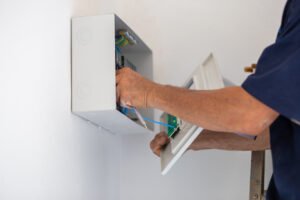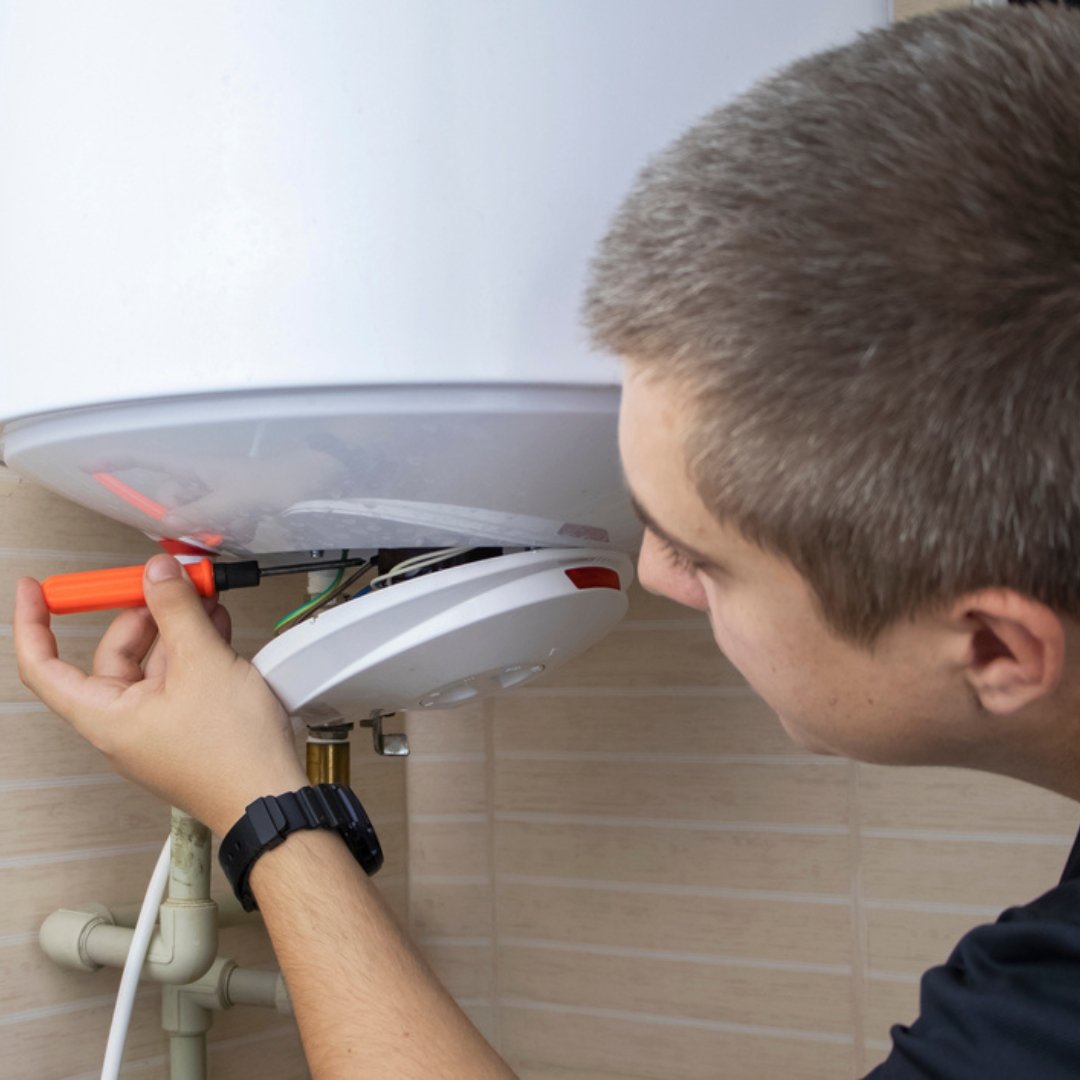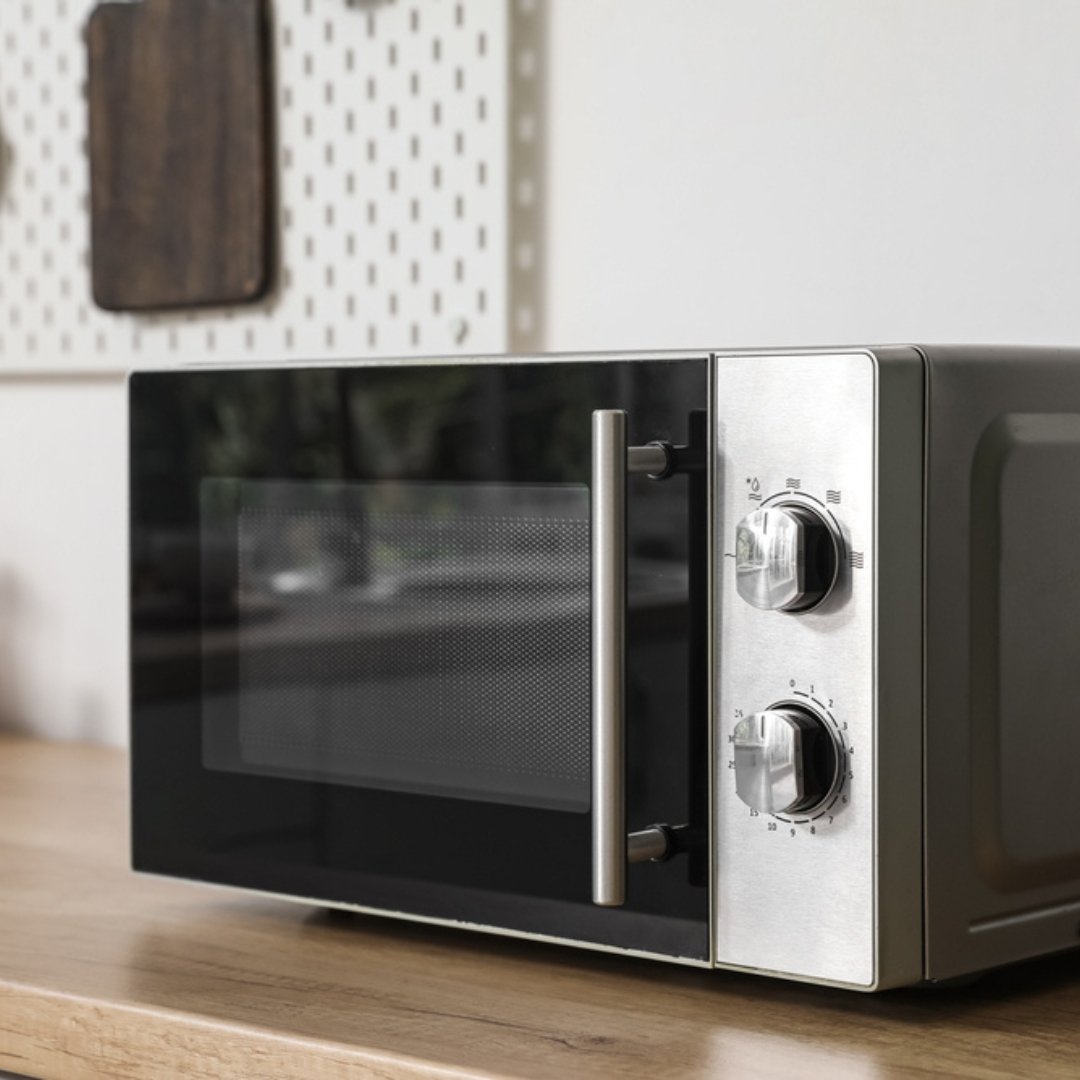5 Mistakes to Avoid During RCD Testing
Residual Current Devices (RCDs) are vital safety components that protect people from electric shock and reduce fire risks caused by earth leakage currents. Regular testing ensures that RCDs are functioning properly and can trip quickly in case of danger. However, many technicians and even experienced electricians make common mistakes during RCD testing that can compromise safety and lead to inaccurate results. In this blog, we’ll explore the five most common mistakes to avoid during RCD testing and how to carry out the process correctly. To Know More Click Here

1. Not Testing at the Recommended Intervals
One of the most overlooked aspects of RCD maintenance is the frequency of testing. Manufacturers and safety standards recommend:
- Quarterly user tests using the “Test” button.
- Annual professional testing with calibrated test equipment.
Skipping or delaying these tests can leave an RCD unreliable, potentially failing when it’s needed most.
2. Using Incorrect Test Equipment
RCD testing requires a proper RCD tester or multifunction installation tester that complies with safety standards. Using general-purpose electrical testers or outdated tools can lead to misleading results. Always ensure that your tester is correctly calibrated, as inaccurate readings could either falsely pass a faulty RCD or fail a healthy one. To Know More Click Here

3. Ignoring the Manufacturer’s Guidelines
Different RCDs may have unique specifications depending on type (AC, A, B, or F) and rating. Failing to follow manufacturer instructions can result in improper testing. For instance, some RCDs require testing under specific load conditions. Always consult the manual to align with the device’s requirements.
4. Failing to Record Test Results
Merely pressing the “Test” button or performing a trip-time test is not enough—documenting the results is critical. Many electricians overlook recording test data, which creates problems for compliance, future reference, or in case of an electrical incident. Keeping a detailed log helps track performance over time and ensures accountability.
5. Not Considering Environmental Factors
Temperature, humidity, and surrounding loads can influence RCD performance. Conducting tests without accounting for these factors can cause false failures or inaccurate readings. For example, a heavily loaded circuit may delay tripping time during a test. Testing should be performed under stable and controlled conditions whenever possible. To Know More Click Here

Final Thoughts
RCD testing is not just about pressing a button—it requires precision, proper equipment, and adherence to safety standards. Avoiding these five mistakes will help ensure that your RCDs are reliable and provide maximum protection against electric shock and fire hazards. Regular, accurate, and well-documented testing not only keeps you compliant but also safeguards lives and property.
SafeTag – Your Safety Partner in New Zealand
Ensure workplace safety and compliance with SafeTag’s professional testing services. We offer certified solutions for Electrical Testing & Tagging, RCD Testing, Microwave Leakage Testing, and Portable Appliance Testing (PAT). Trust our experts for hassle-free, on-site service tailored to your business needs.




